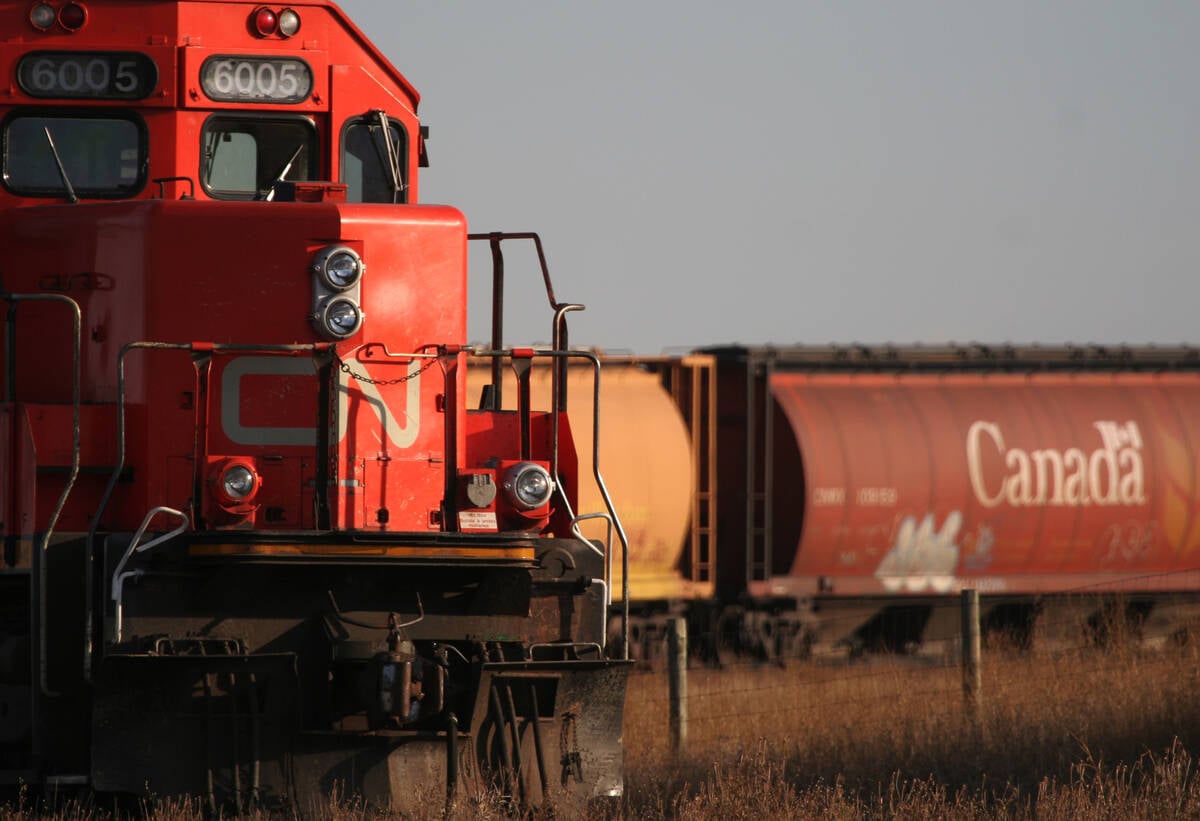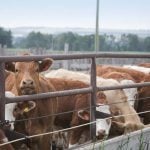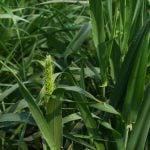Durum acres are slowly returning to normal levels in North Dakota after several years of excess moisture and drowned out crops.
Producers in the state are expected to plant 1.2 million acres of durum, up from 1.09 million last year and 840,000 acres in 2014.
“Since 2011, our acreage has been below normal. That’s primarily been due to weather conditions,” said Erica Olson, marketing specialist with the North Dakota Wheat Commission.
Spring rain and snow melt flooded much of western North Dakota in 2011 and 2013, preventing farmers from planting many crops, including durum.
Read Also

Canada-U.S. trade relationship called complex
Trade issues existed long before U.S. president Donald Trump and his on-again, off-again tariffs came along, said panelists at a policy summit last month.
Producers remain interested in durum because there is a price premium over spring wheat.
Olson said old crop durum is selling at US$6.20 to $6.50 per bushel.
July contracts of spring wheat were trading around $5.40 per bushel on the Minneapolis ex-change in the middle of May.
Acreage may go slightly higher than 1.2 million in North Dakota, but strong prices for pulse crops will likely keep a lid on durum, Olson said.
“This year we saw a lot of pressure from peas and lentils, same as you saw (in Canada),” she said.
“Corn may impact (acres) a bit, but it’s just not big in the durum region.”
Montana durum acres will likely be flat. The state grew 620,000 acres of durum wheat last year, and 630,000 acres are forecast this year.















